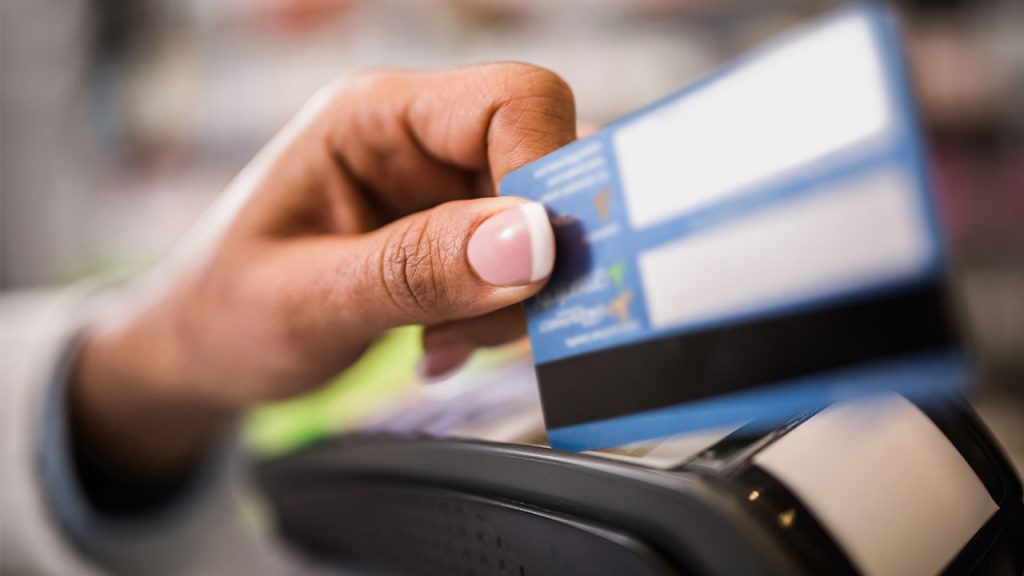India is witnessing rapidly growing card use as the government’s aggressive push for a cashless economy has forced people to go for digital transactions. However, ignorance among card users about digital transactions makes them soft targets for cyber criminals.
Orissa POST spoke to some experts and customers who shared a few tips that can help users while making digital payments.
Mahesh Sahoo of Puri, a former employee of an IT networking company who now runs a wholesale outlet, said, “One has to be very careful while opting for digital transactions. You never know when your card can be misused. Recently, police busted a card cloning racket also involving waiters at bars and restaurants across Mumbai. They had been stealing data using credit card skimmers. The accused had managed to steal credit and debit card data of nearly 1,000 unsuspecting customers over a period of two years. So it’s better to avoid use of cards at such places. It is also important to check your surroundings before using your pin for the transactions.”
Assistant Branch Manager, Karnataka Bank, Swapnajit said, “Lack of awareness, outdated ATMs and less-secure cards make Indians easy victims of cyber crime gangs. The first thing we must do is protect the cards as if they were cash — never leave them exposed to others. Don’t let your credit cards be used by others, even family and friends. Never mark your personal identification number (PIN) on the back of the card, instead memorise it. No one including financial institutions like a bank or a credit card call center, police, or a merchant is authorised to ask for your PIN. While selecting a PIN, avoid choosing a number that is easy for others to guess such as your name, telephone number, date of birth, or any simple combination of these digits and alphabets. Change your PIN from time to time to make it more difficult for fraudsters to crack.”
IT student Nibedita Mohanty said, “While going for shopping, make sure that you get your card back from the cash counter after purchases are made. Always ensure that the billing amount matches the figure of the printed voucher produced by card payment collecting machines before you put your signature on it. A few days back, while making a payment at a shop, the payment terminal failed to produce the printed voucher. The shop owner asked me to swipe the card again which I did. When I checked my monthly statements, I detected the amount was debited twice from my account on that day. I immediately called the bank and filed a complaint. Although the amount was credited to my account, it took more than 45 days for the reversal. So, it is important to check your statements regularly to prevent fraudulent transactions. Contact your bank immediately if you see transactions that you did not do. Report to the bank immediately if you lose your card or your card is stolen.”
Subhrant Bal, a networking engineer working with private banks’ ATM security systems, said, “Be sure to have a thorough look at the ATM. If it looks like someone has tampered with the equipment, it’s better not to use the machine. Tampered equipment indicates that someone has attached a “skimmer” to the machine to dupe you. If any suspicious character offers to help you use the ATM, refuse and leave. Also keep your cards away from objects with magnets, which can erase the information stored on the card as the strip too is magnetic.”
“Contactless payment, a secure method for the consumers to purchase via debit credit or smart cards (also known as chip cards), uses Radio-frequency identification (RFID) technology or near-field communication (NFC). To make a contactless payment, a person simply needs to tap their card near a payment terminal. Since contactless payments do not require a signature or a PIN, transactions sizes on these cards are limited. The allowable amount for a contactless transaction is less than
Rs. 2500,” Bal added.
“There have been reports in the media about criminals skimming card data using smartphones to read the tap cards in consumers’ wallets. Moreover, the range at which a card can be read is very short and, even if the criminal is close enough to grab data and do a transaction, he cannot create a copy of the card. In the case of magnetic strip cards, the chip and pin cards are still the most secure, as they can’t be duplicated, and they require data (your pin) that is not contained anywhere on the card,” he said.
SOYONG,OP
